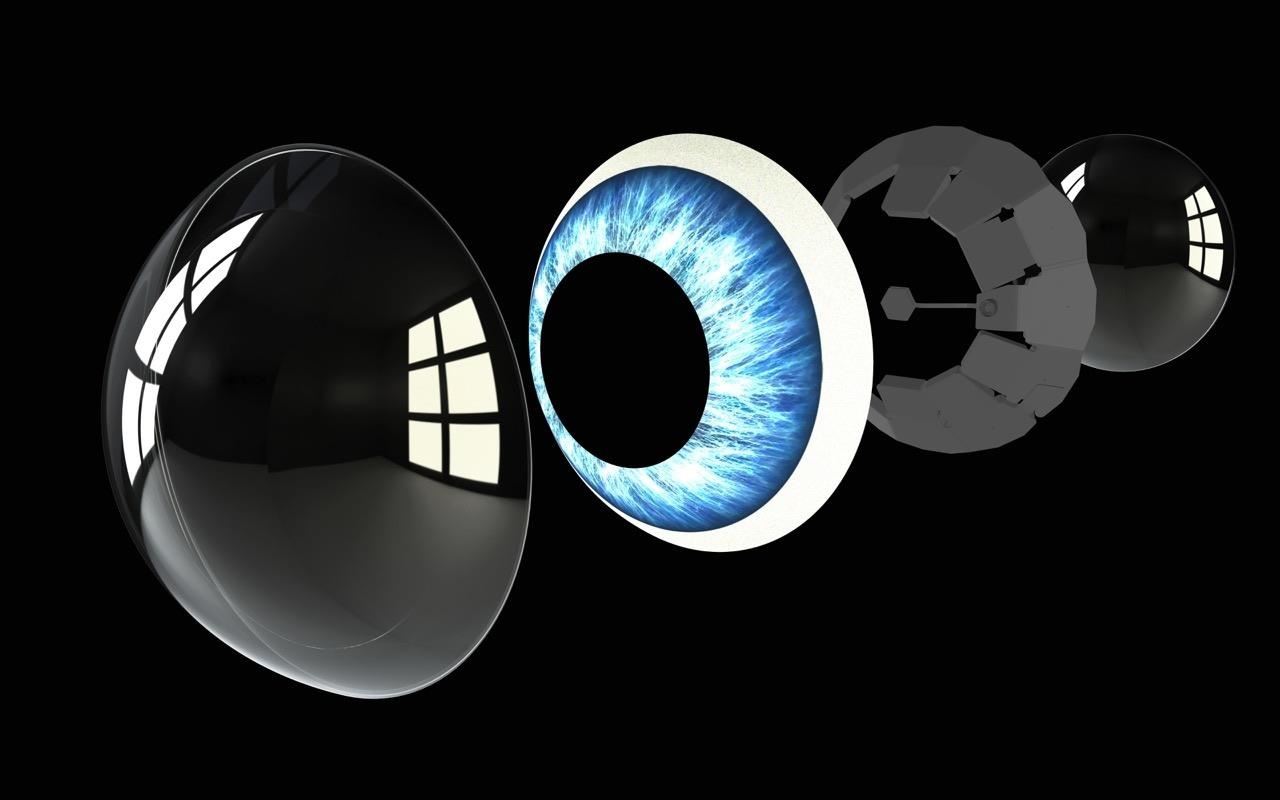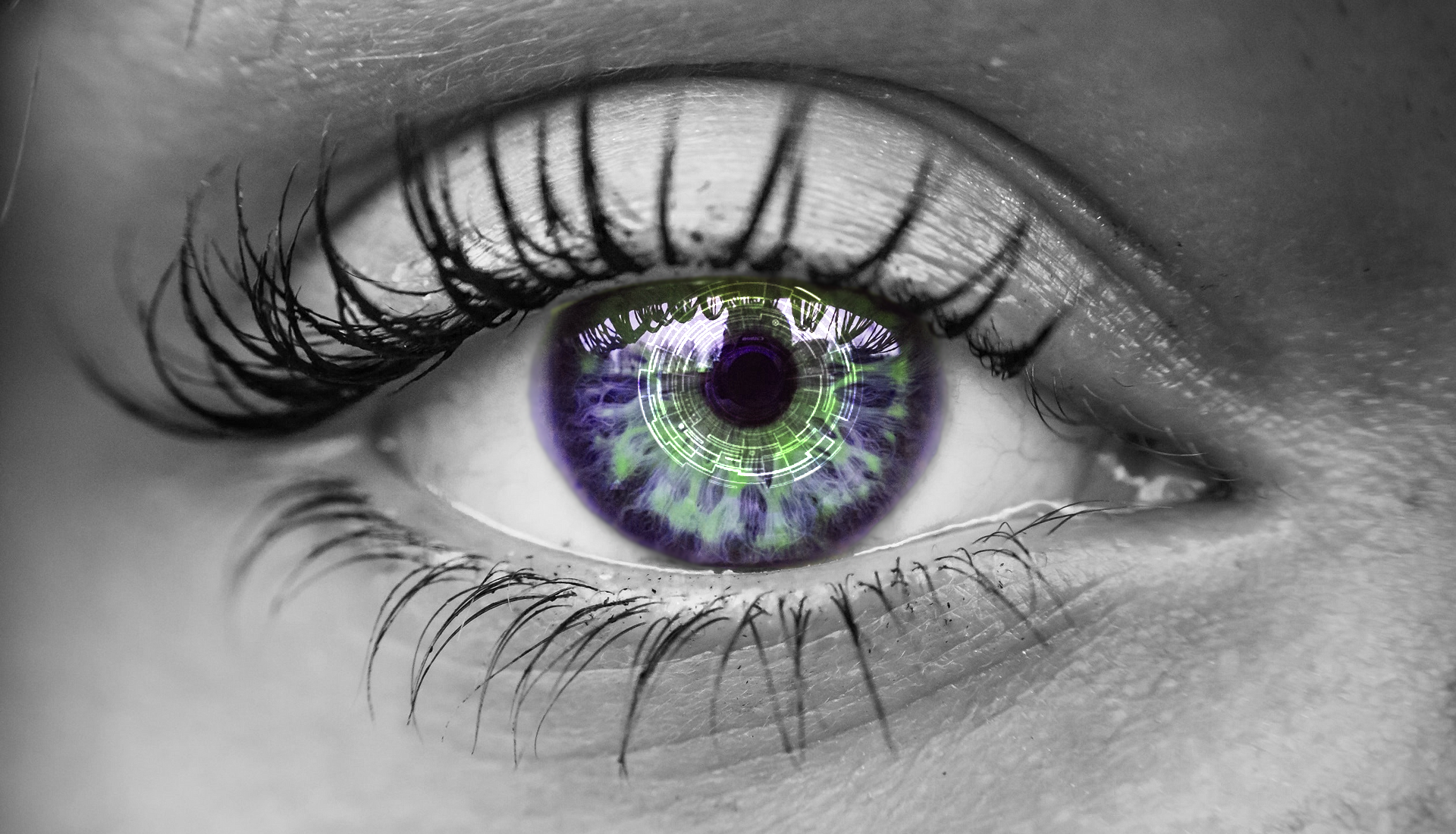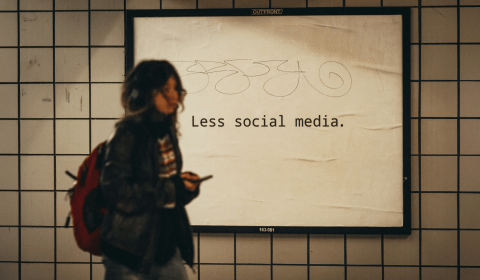These days most of us wake up to the sight of a smartphone screen, so why not cut out the middle man completely?
Thanks to the likes of Elon Musk and Drew Perkins, I can scarcely remember a time where nutty human tech projects weren’t ‘close’ to commercialisation. Nowadays, stories are leaking out of Silicon Valley and NASA almost as frequently as celebrity gossip in the tabloids.
While convenience with technology and revolutionary entertainment are often high on the agenda, the golden ticket for serial entrepreneurs like Musk is harnessing tech to improve the quality of human life. And that’s something we really Stan. You may recall we previously covered stories on Neuralink; the mysterious brain control implant that aims to eradicate neurological diseases at their source, and the Tesla Glove; which realistically simulates the sense of human touch for the physically impaired.
This latest innovation from Mojo Vision falls very much into the latter approach of medical rehabilitation, in that it doesn’t involve permanent integration, like a brain chip for example, to work its magic. Augmented reality has been frequently touted as the next paradigm shift in computing, and Mojo Vision are looking to seal this milestone with an exciting product aptly named the Mojo AR Lens. ‘Eyes up, the future is here’.
Mojo has had the patents for the development of AR lenses for more than a decade, and with over $160 million in funding it’s finally ready to show us the fruits of its labour. Employing the fundamentals of ‘Invisible Computing’, this product will work just like an everyday contact lens – it just happens to be chock-full of micro LEDs, AR hardware, motion sensors, heads-up displays (HUDS), and batteries.


















